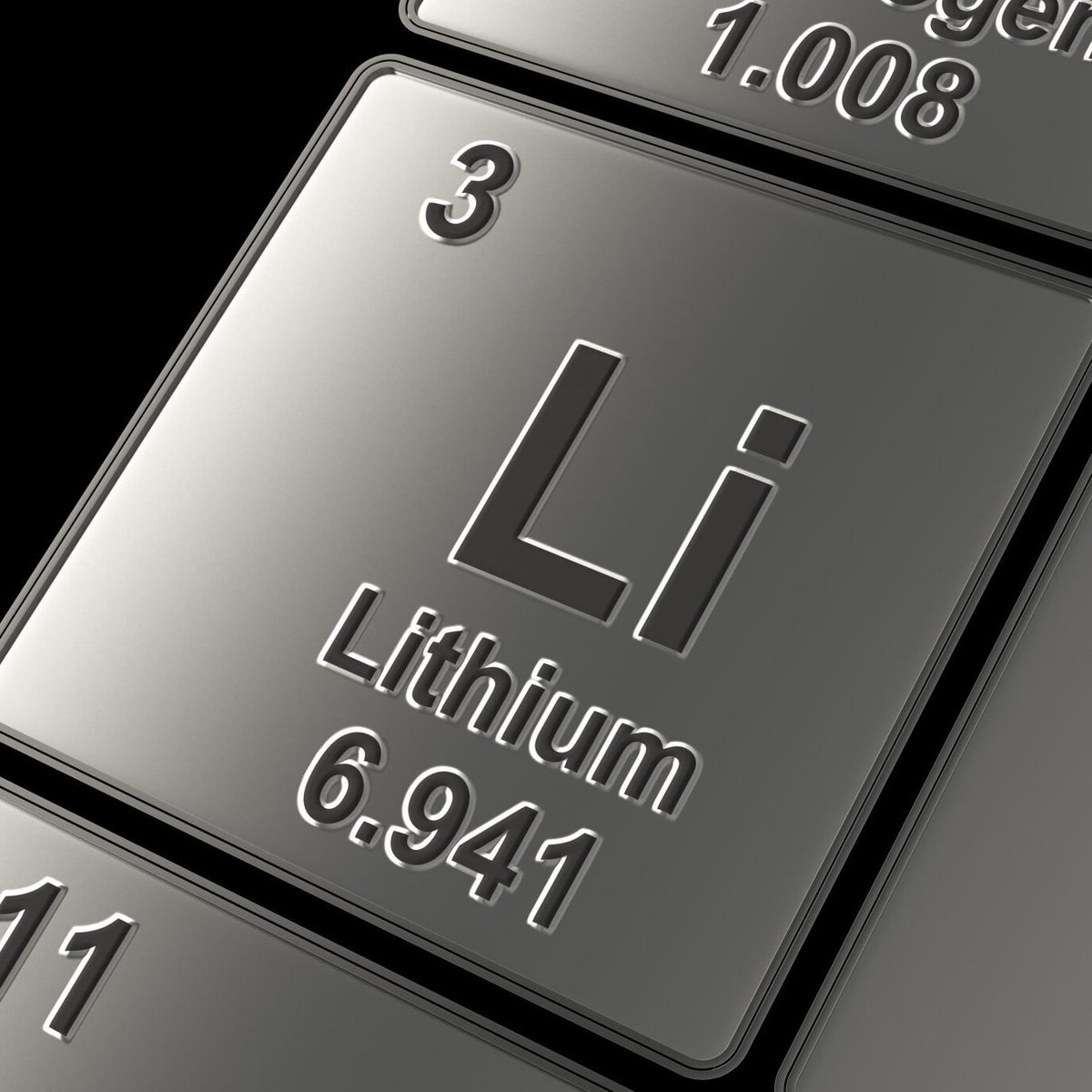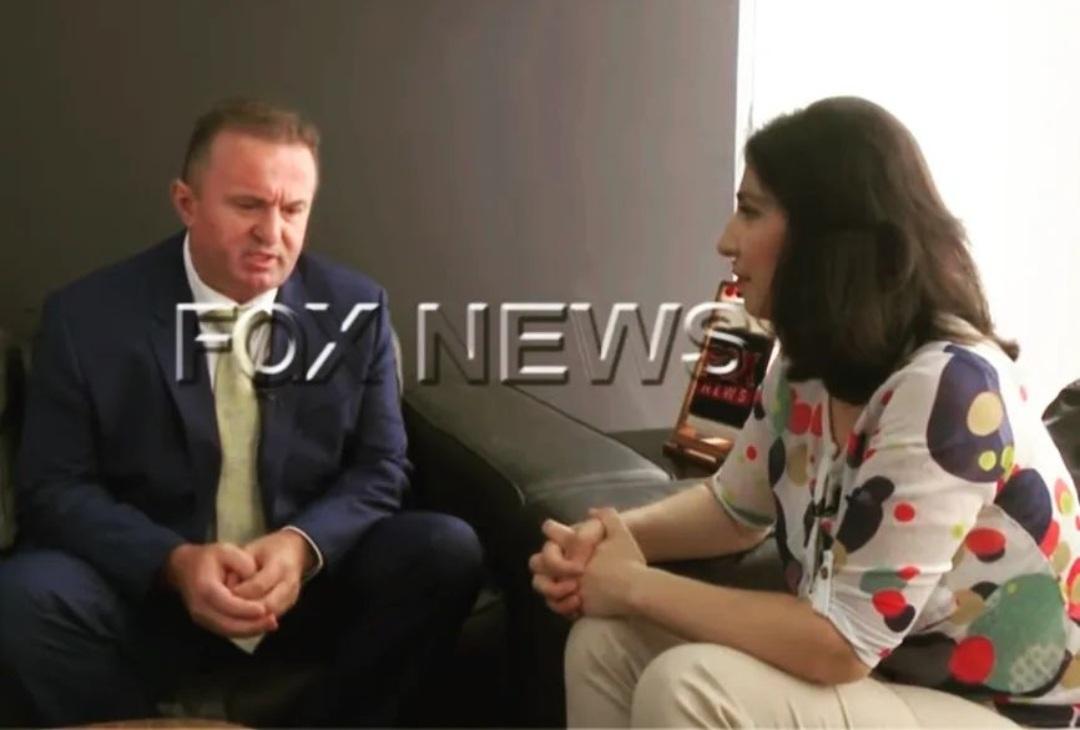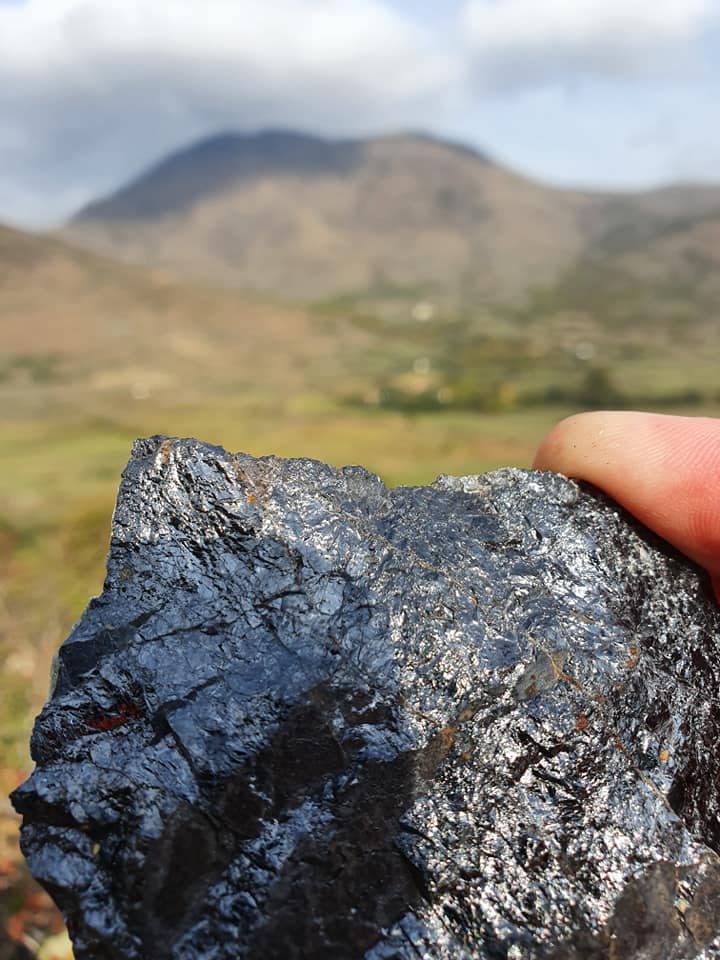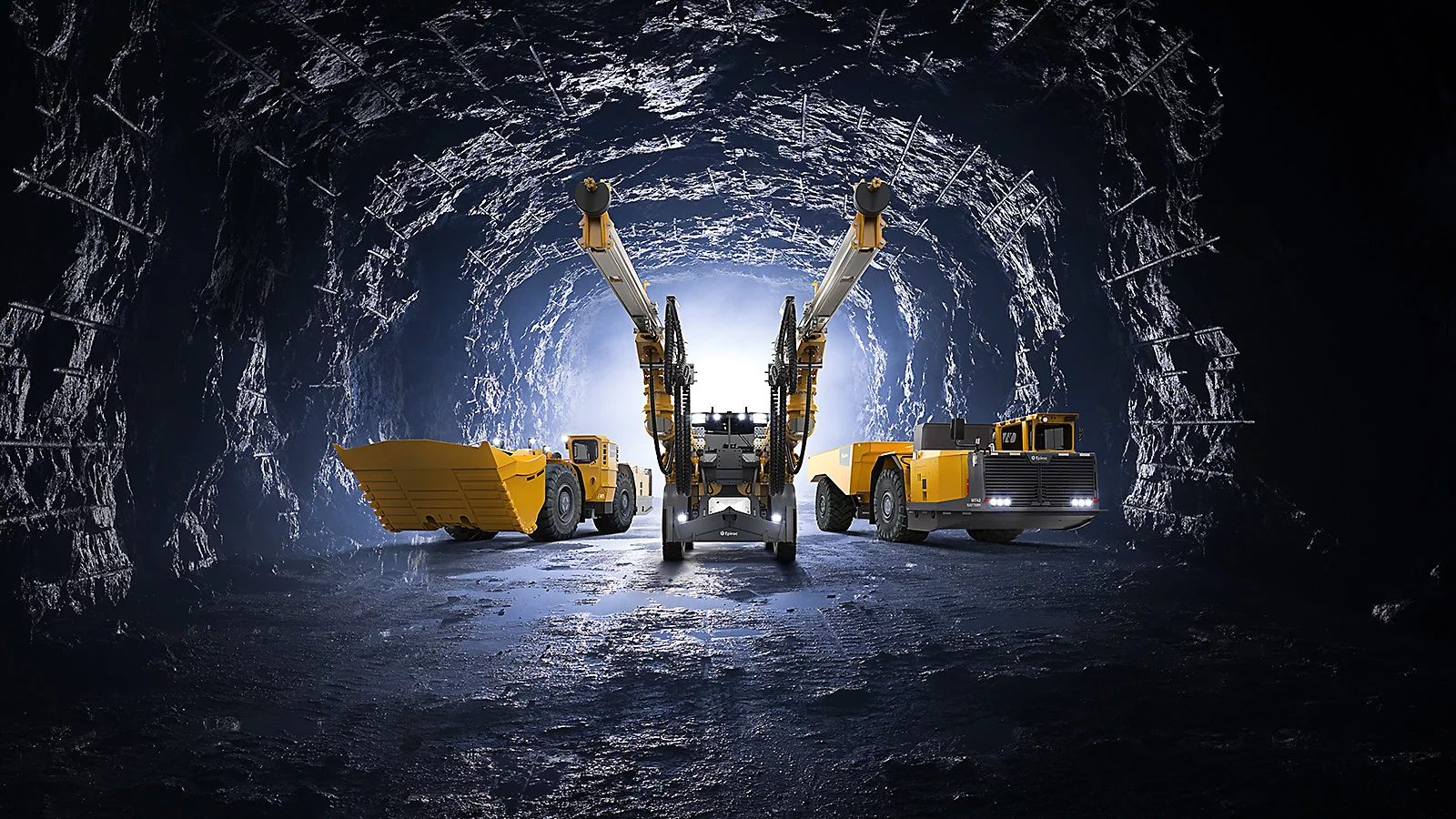In the grand theatre of the Green Revolution, where the choreography of progress is orchestrated by the invisible hand of science and the burgeoning desires of sustainability, minerals and rare earth elements emerge as the unsung protagonists. Their role is not merely significant but transcendent, forming the bedrock upon which the edifice of clean energy technologies is being erected. To fathom the depths of this pivotal dimension, I sought the erudite wisdom of Sahit Muja, the venerable CEO of Albanian Minerals, a luminary in the mineral domain whose insights, shared from the bustling heart of New York, illuminate the complex tapestry of this critical field.
Minerals and rare earth elements are not mere constituents but are the very sinews of the clean energy revolution. They are indispensable in the alchemy of crafting technologies that promise to shepherd humanity into an era of reduced carbon footprints and sustainable energy solutions. Yet, a chasm of formidable proportions yawns between the burgeoning demand for these minerals and their fraught supply. This disjunction poses a significant barrier to the successful navigation of the energy transition’s intricate pathways.
The Securing Minerals for the Energy Transition initiative stands as a beacon in this arena, its role pivotal in delineating the perils associated with this supply-demand discord and in proposing efficacious strategies for mitigation. According to Mr. Muja, the extensive adoption of low-carbon technologies, which are quintessential to the energy transition, hinges on the rapid acceleration of critical mineral supplies at a rate unprecedented in history. These vital minerals—lithium, cobalt, copper, nickel, and the rare earth elements such as Neodymium and Dysprosium—along with graphite, aluminum, silver, silicon, magnesium, and titanium—are the lifeblood of electric vehicles (EVs), renewable energy infrastructures, and modern power grids.
Mr. Muja accentuated that as the competition to achieve self-sufficiency in rare earth elements and critical materials escalates, the United States is poised to broaden its organizational involvement and explore a spectrum of potential sources. He emphasized that despite the intensifying rivalry, there remains ample room for diverse participants, advocating against a monopolistic dominance within this vital ecosystem. Instead, he lauded the benefits of a diversified global landscape for rare earth elements, which are dispersed across various geographies, offering a tableau for systemic and production diversification.
A significant element in this discourse is the pressing need to mitigate the current dominance of China in the rare earth mineral production sphere. Mr. Muja highlighted the necessity for global powers to invest in environmentally sustainable extraction practices, thereby ensuring that the drive towards a green transition does not come at the expense of ecological integrity. The meteoric rise in demand for these essential minerals underscores the formidable challenges posed by the slow expansion of their supply. According to McKinsey’s forecasts, failing to bridge this supply-demand chasm could result in substantial greenhouse gas emissions, jeopardizing the attainment of climate goals.
Addressing this challenge necessitates a symphony of strategic collaborations and innovative approaches aimed at bolstering supply chain resilience while minimizing environmental impacts. The Securing Minerals for the Energy Transition (SMET) initiative has outlined key strategies focusing on social buy-in, standardization, financing, innovation, and circularity. Effective risk management and coordinated collective action are imperative to ensure a sustainable and equitable supply of critical minerals, facilitating the energy transition.
The urgency to combat climate change accentuates the importance of addressing the critical minerals supply-demand gap. By fostering international collaborations and deploying innovative solutions, we can smooth the pathway to a low-carbon energy landscape, aligning with our climate objectives.
In the current epoch, the surging global demand for minerals that energize electric vehicles, wind turbines, and solar panels is brought into sharp focus by the global energy transition. The International Energy Agency’s (IEA) Critical Minerals Market Review 2023 reveals a striking twofold increase in the market for energy transition minerals over the past five years, soaring to a staggering USD 320 billion in 2022. This burgeoning sector now stands at the forefront of the global mining industry, attracting the vigilant gaze of policymakers dedicated to energy and climate imperatives.
Nevertheless, despite optimistic investments in critical mineral development, persistent concerns linger over project delays and technology-specific shortages. To meet the 1.5°C global warming target by 2030, the initiation of additional projects is imperative, underscoring the urgency of the situation. The IEA’s analysis further exposes the sluggish pace in diversifying supply chains and scaling up production capabilities, revealing a stark reality that must be addressed with unrelenting vigor and innovation.
In this intricate ballet of supply, demand, and environmental stewardship, the path forward is clear: concerted efforts, innovative strategies, and global collaborations are essential to bridging the gap and securing a sustainable future.
Related
Discover more from Green Innovation News
Subscribe to get the latest posts sent to your email.





